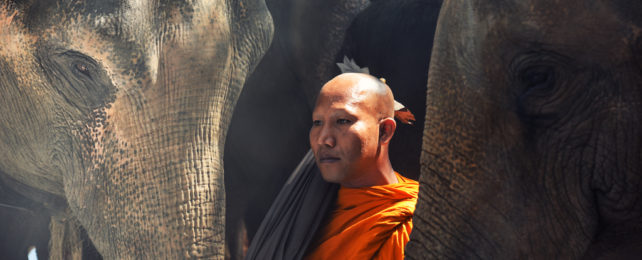Fur is a defining feature of being a mammal. But bald is beautiful for several mammalian weirdos, including dolphins, mole rats, elephants, and of course, humans. Not to mention a handy adaptation.
Yet all our ancestors had plenty of fur. According to a new study on relatively hairless mammals, we still have the means to be hirsute. Those genes, it seems, have simply been switched off.
In their hunt through nearly 20,000 coding genes, and 350,000 regulatory ones, compared across 62 different mammal species, University of Pittsburgh geneticist Amanda Kowalczyk and her team found a mechanism behind these fascinatingly parallel changes.
This re-emergence of a trait across unrelated lineages is known as convergent evolution. In the case of hairlessness, it evolved independently at least nine different times along different branches of the mammalian family tree.
The selection pressures for this lack of hair are just as varied as the species that have lost their fuzz. For elephants, it's a way to lose heat faster; for marine mammals, being sleeker means less resistance moving in the water; and for us, well, there are possibly multiple contributing pressures, including thermoregulation and reduction of parasites.
Despite these differences, Kowalczyk and colleagues found the genetic changes in furless species mostly arose from mutations in the same sets of genes.
Many of these mutation-gathering genes were related to the structure of the hair itself, like genes that encode for keratin proteins, the sequences that regulate the development of hair.
"As animals are under evolutionary pressure to lose hair, the genes encoding hair become less important," University of Pittsburgh geneticist Clark Nathan explains.
"That's why they speed up the rate of genetic changes that are permitted by natural selection. Some genetic changes might be responsible for loss of hair. Others could be collateral damage after hair stops growing."
While we still retain many of our ancestral fur-coding genes, their regulation dials have been set to 'off' through the accumulation of these mutations.
The team also identified hundreds of new hair-related regulatory genes and some potential new hair-coding genes. These may prove important for people trying to recover lost hair due to disorders or chemotherapy.
"There are a good number of genes where we don't know much about them," Kowalczyk says. "We think they could have roles in hair growth and maintenance."
The team's approach could also be applied to different convergent evolution traits. They are now using their computer-powered method to look into other health conditions.
"This is a way to determine global genetic mechanisms underlying different characteristics," Clark concludes.
This research was published in eLife.
